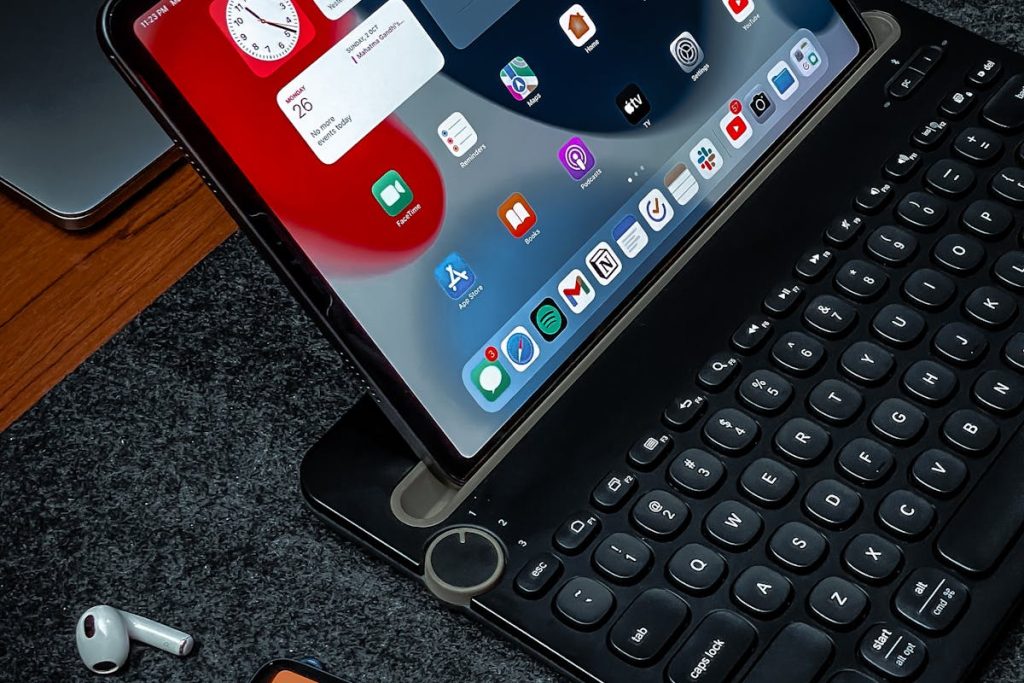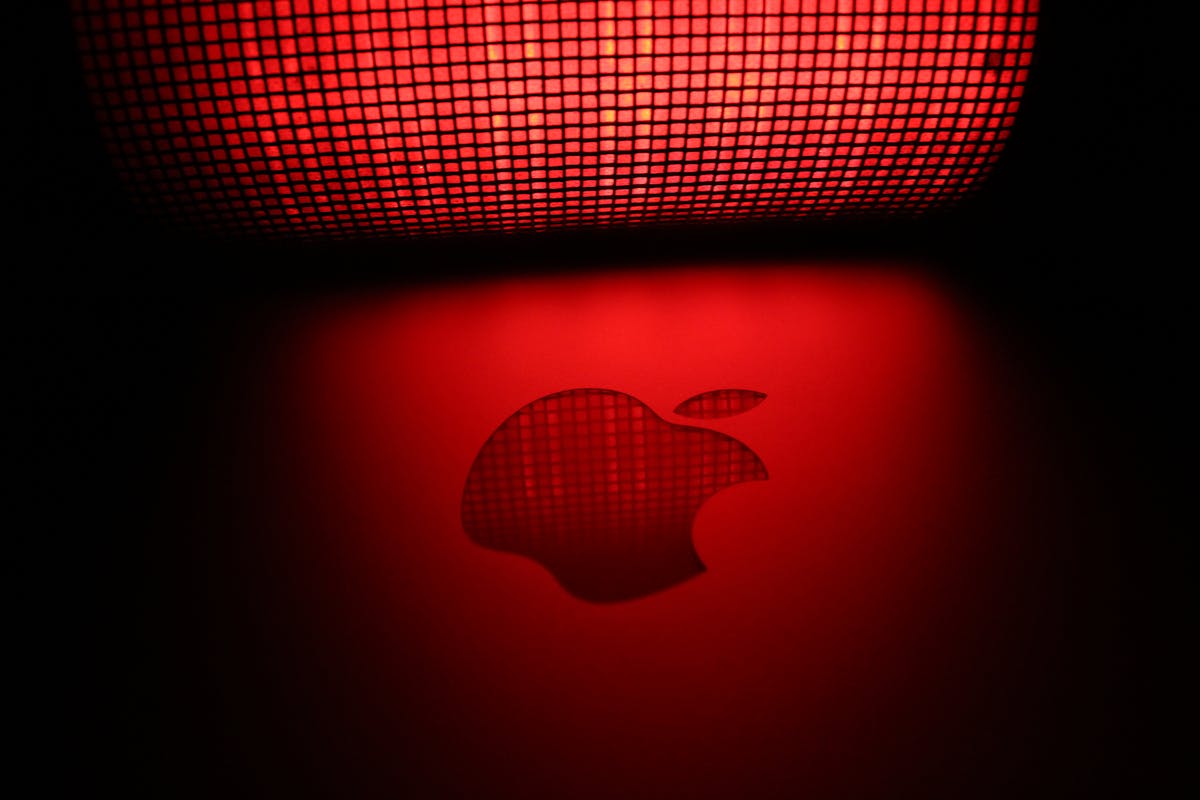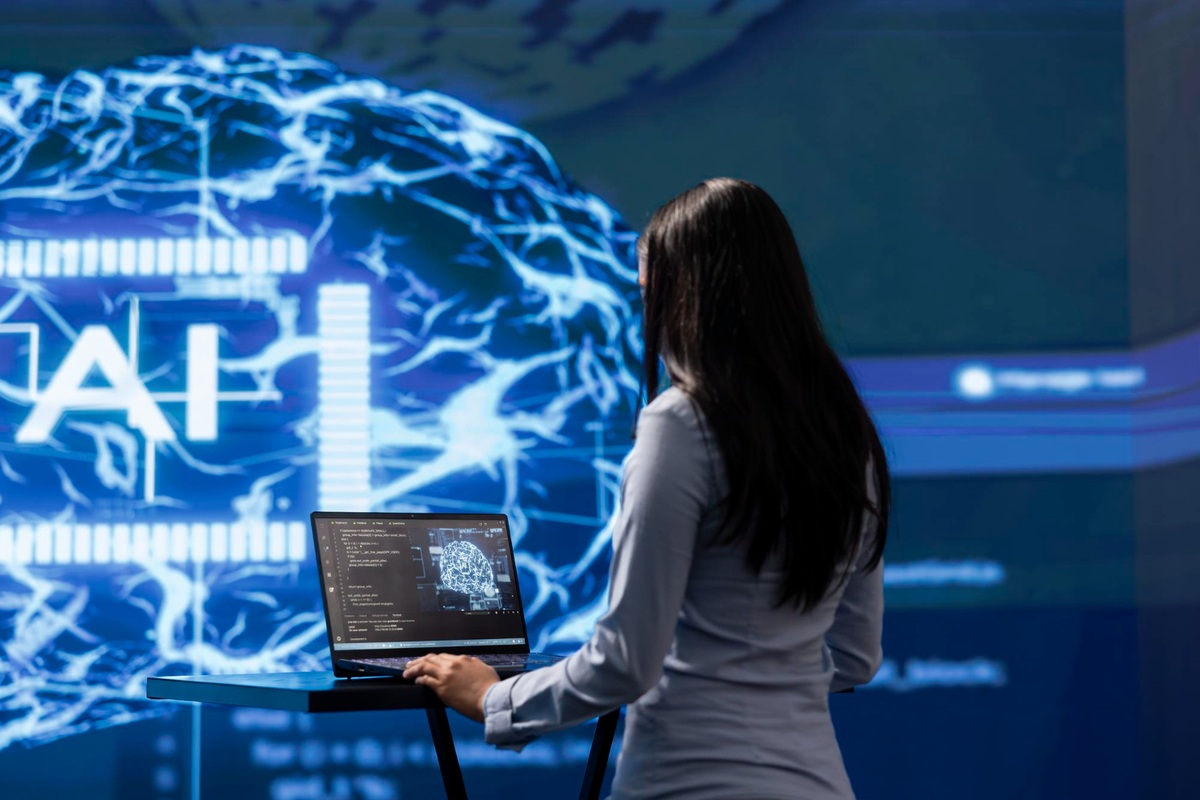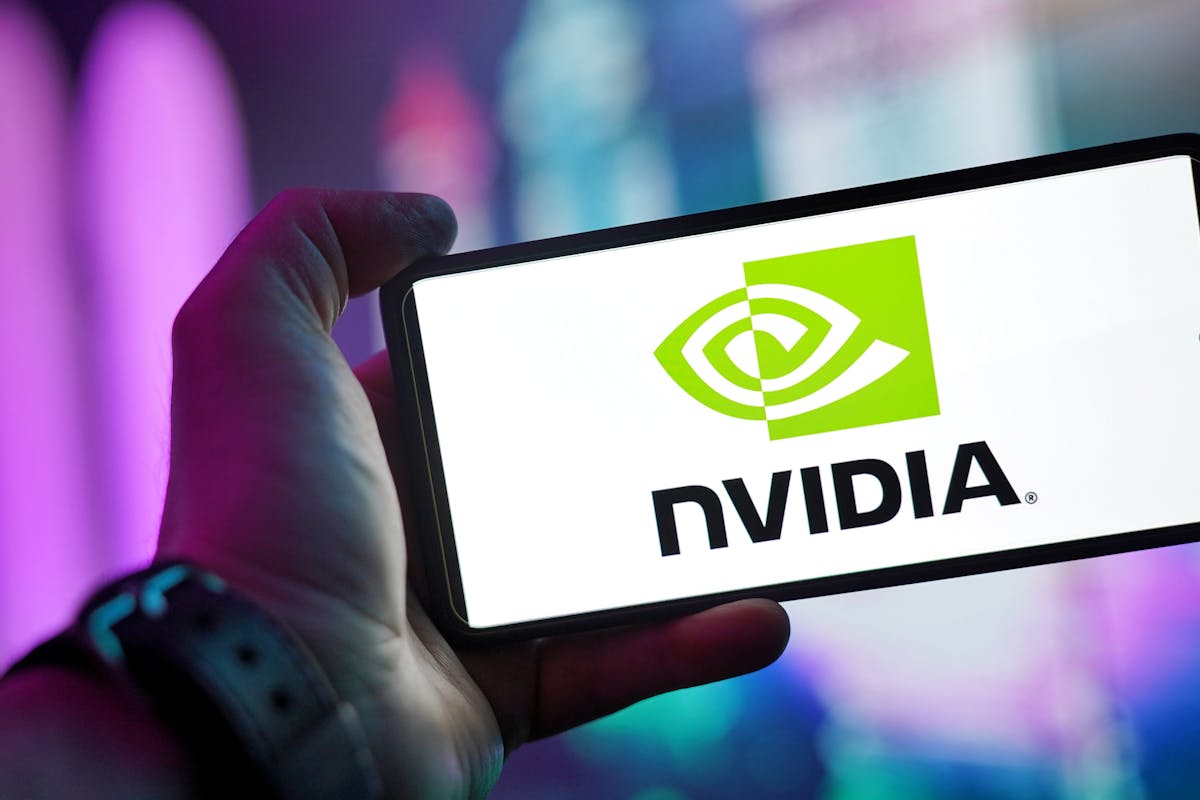Is Apple’s WWDC 2025 the next big thing?
Apple’s Worldwide Developers Conference (WWDC) 2025, held on June 9 at Apple Park, introduced sweeping upgrades across software platforms. The spotlight on AI‑powered capabilities and a stunning new Liquid Glass design language marks a pivotal moment for Apple’s ecosystem.
Liquid Glass – A Visual Overhaul
Unified across platforms: iOS 26, iPadOS 26, macOS Tahoe, watchOS 26, tvOS 26 and visionOS 26 now feature translucent, fluid glass-like UI elements .
Design goals: Blend content hierarchy, depth, and environmental responsiveness inspired by AR.
Apple Intelligence Enhancements
Apple expanded its on-device AI (“Apple Intelligence”) with latest capabilities:
Live Translation
Available inside Messages, FaceTime, and Phone—offering real-time text and audio translation, processed entirely on-device for privacy.
Visual Intelligence
Select any screen content—including screenshots, webpages, and app visuals—to identify objects, landmarks, dates, or even shop via ChatGPT integration.
Creative Tools: Genmoji & Image Playground
Use Genmoji to generate custom emojis from text prompts or existing images.
Image Playground, now integrated with ChatGPT, offers richer style-based image generation.
Developer Access via Foundation Models Framework
Developers can use on-device large‑language models in their apps through Xcode 26 and the new Foundation Models API—streamlining integration in just a few lines of Swift code.

Communication Enhancements
Call Screening: AI answers unknown calls, provides transcripts of caller identity/purpose.
Hold Assist: Detects hold-music, mutes it, and alerts users when connected to an agent.
Messages improvements: Automated spam filtering, custom chat backgrounds, and poll suggestion when group planning is detected.
Upgrades Across Apple Ecosystem
iOS 26 highlights: redesigned widgets, Wayback clock movement, new Apple Games app, edge‑to‑edge Safari, Maps improvements, plus accessibility features like Braille input, equalizer modes, and head-tracking.
watchOS 26 (Workout Buddy): AI‑based fitness coaching with real‑time encouragement and post‑workout summaries .
visionOS 26: richer spatial widgets, VR/AR enhancements, Personas with customizable features, and shared experiences via FaceTime with VR controllers .
tvOS 26: regional screensavers, persistent AirPlay speaker assignments.
Siri & Other Delayed Announcements
Siri overhaul postponed: Apple acknowledged delays in redesigning its AI assistant. The next-gen Siri, based on a new V2 architecture, is now targeting Spring 2026 (iOS 26.4) .
Apple is opening Siri’s underlying LLM to developers, hinting at future integrations ahead of the full release.
Future Outlook
Siri 2.0 expected Spring 2026 as part of iOS 26.4, with a beta possibly available in Fall 2025 .
AI expansion: Apple plans to extend Apple Intelligence support with eight more languages by end of 2025 .
Developer ecosystem: The Foundation Models framework may spark a wave of third‑party AI apps—particularly those requiring offline privacy and speed.
Additional Highlights
Renaming OS versions to calendar years aligns macOS, iOS, watchOS, and tvOS versions with the current year.
Accessibility enhancements: Contact blocking centralization, accessory permissions, wallpaper blur for always‑on displays, reader mode, and Braille integration.
Conclusion
WWDC 2025 marks a pivotal yet cautious step for Apple. The introduction of Live Translation, Visual Intelligence, and redesigned Liquid Glass across platforms reflects a polished integration of AI-driven enhancements. Communication improvements—Call Screening, Hold Assist, Message polls—and creative tools like Genmoji/Image Playground boost user experience. The Siri overhaul, however, is postponed to Spring 2026, drawing criticism and market impact. Developer access to Apple Intelligence models heralds a promising future for intelligent, private, on‑device apps. Additional advancements—enhanced accessibility, unified OS versioning, and cross‑device UI consistency—reinforce Apple’s stepwise yet stable evolution. As the ecosystem gradually transforms through AI, Apple aims to sustain user trust, privacy, and seamless usability—while signaling aggressive developer engagement and future AI expansion efforts.








